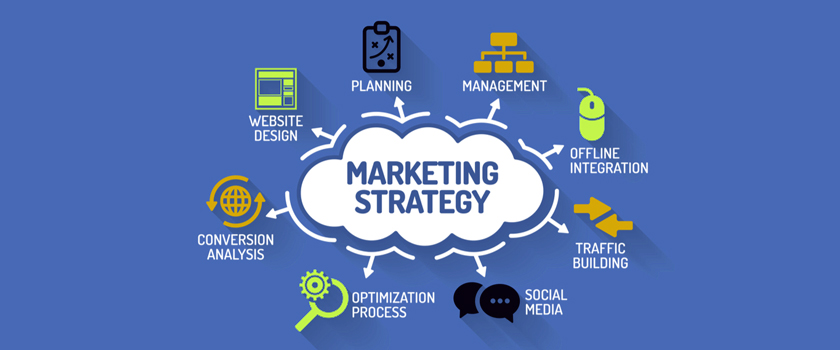The theory of 4PS in marketing field is very famous. It refers to a marketing mix which aims to promote your products’ sales in the market. 4Ps includes product, price, place and promotion. Product is regarded as items that can be provided in the market and meets the needs of the customers.
It could be some tangible things, services, people, organizations, strategies or any of their mix. Price refers to the amount when the deal is done, i.e., the purchasing price for the customers. It may include some discounts or payment terms. Price is very important since it decides the profit of the business.
There are some factors that influence price dramatically, such as demand, cost and competition. The highest price depends on the market demand while the lowest one depends on the cost. Place is the distribution channels which help the customers to access the products easily.
Promotion refers to methods which the marketers use to supply information to the target customers, such as advertisement, public relation. For the translation companies, this marketing mix is also useful; it can be applied into many aspects. The product of a translation company offered is translation services which may include many languages.
The price also ranges a lot due to the cost and the demand; when translation companies set a price, they must keep a close eye to these factors. The place rests upon internet greatly nowadays; the promotion is various, such as email marketing, telephone marketing and so on. All of them are intended to increase the sales and market share.
However, with the process of era, some marketers find out that 4Ps focuses the attention to the sellers while the buyers should be given more concerns. Under such circumstance, 4Cs arises. 4Cs is more customer-orientated; it includes Commodity, Cost, Channel and Communication. Commodity, replacing products in 4Ps, refers to the customized products offered to the potential clients.
Cost, instead of price, indicates a customer centric version which includes producing cost, selling cost, purchasing cost and social cost. Channel or convenience, rather than place, means the way how the customers can reach the commodities in a most convenient way.
Communication, which is ranges much broader than promotion, pays attention to the links between the seller and buyer. In all, 4Cs provided a customer focus and is a more advanced theory in the modern business world.
As for translation companies, how to apply 4Cs in their daily operation is very crucial. Here are some opinions I want to share. For commodity, marketers should target to satisfy the customers’ needs and specify the demand.
For example, except the translation, you can provide some extra service, such as building a Glossary list or a TM for them, which saves the customers’ time and cost greatly. Cost requires you to think more about the customers’ cost before deciding the price. After analyzing the cost from the viewpoint of the customers, the price must be more suitable and acceptable.
Read Also: Start a Reasonable E-Marketing Strategy. Don’t Make Effort in Vain!
Channel or convenience is more relevant with marketing compared with place nowadays; translation companies should adopt internet to make their business more accessible to their clients. Communication, last but not least, emphasizes any form of exchange between the buyers and purchasers.
Translation companies can invest more in communication, such as Internet marketing or personal selling and so on, all of which will enforce the link between the firm and clients.
The above is some of my understanding regarding the marketing mix of 4Ps and 4Cs for translation companies. If you have any other ideas, share with me!



